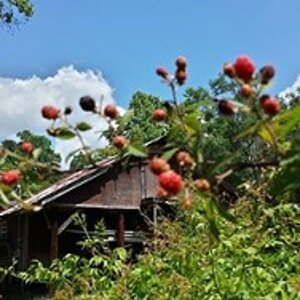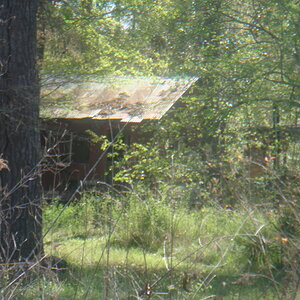shingfan
TPF Noob!
- Joined
- Dec 29, 2006
- Messages
- 569
- Reaction score
- 0
- Location
- Toroto, ON
- Can others edit my Photos
- Photos OK to edit
I'm still a newbie...please correct me if my understanding is incorrect...i like constructive comments 
FIRST question is about ND filter...i heard that ND filter does 2 things
1a) reduce exposure, thus allow longer exposure time
1b) reduce DOF?
regard 1a)...the way that ND filter works....is the result the same as using a smaller aperature...does it have affect on the color...or just simply allow longer exposure time?.....if its function is allow longer exposure time....would it be the same as using negaive EC?....would negative EC and ND filter yield the same result?
regard 1b)...how does it change DOF? I'm just interested
SECOND question is about CPL filter....i heard that CPL filter reduce glare
say i'm taking indoor photo with a flash.....normally if i flash on an object directly...reflection is normally produced...creating overexposed spot...or whatever the technical term is....is CPL lense able to remove the reflection on the object....i hope you guys understand my question.....i understand that if i can find a ceiling and bounce the light off the ceiling....i wouldnt have the problem...but in some situation......bouncing is not an option and i woudl like to know how to avoid those hot spots....thanks

FIRST question is about ND filter...i heard that ND filter does 2 things
1a) reduce exposure, thus allow longer exposure time
1b) reduce DOF?
regard 1a)...the way that ND filter works....is the result the same as using a smaller aperature...does it have affect on the color...or just simply allow longer exposure time?.....if its function is allow longer exposure time....would it be the same as using negaive EC?....would negative EC and ND filter yield the same result?
regard 1b)...how does it change DOF? I'm just interested
SECOND question is about CPL filter....i heard that CPL filter reduce glare
say i'm taking indoor photo with a flash.....normally if i flash on an object directly...reflection is normally produced...creating overexposed spot...or whatever the technical term is....is CPL lense able to remove the reflection on the object....i hope you guys understand my question.....i understand that if i can find a ceiling and bounce the light off the ceiling....i wouldnt have the problem...but in some situation......bouncing is not an option and i woudl like to know how to avoid those hot spots....thanks



![[No title]](/data/xfmg/thumbnail/36/36396-f8e84def7352af726df923054b86284f.jpg?1619737549)

![[No title]](/data/xfmg/thumbnail/39/39185-29433e4f46e4b0bd394d10962886594c.jpg?1619738904)

![[No title]](/data/xfmg/thumbnail/36/36394-700ff78d7b45c663863e641a9bcf1fe1.jpg?1619737548)
![[No title]](/data/xfmg/thumbnail/36/36398-33d875428a7eefdf5b31188ec0f555a5.jpg?1619737551)
![[No title]](/data/xfmg/thumbnail/39/39188-ef8378fc9359eda8e99899c2e12f3892.jpg?1619738906)